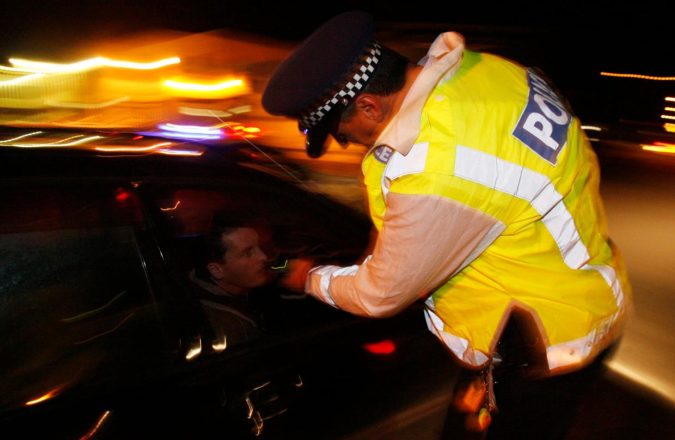Một người đàn ông đã đưa ra một lựa chọn tồi khi uống hai cốc bia vào bữa sáng sau một đêm ăn mừng, dẫn đến một trong 21 vụ bắt giữ lái xe khi say rượu ở Dunedin trong một ngày cuối tuần. Vào thứ Bảy, khoảng 10:35 sáng, một người đi xe máy 33 tuổi đã đến gần một trạm kiểm soát. Anh ta không có giấy phép xe máy và thừa nhận với cảnh sát rằng anh đã ăn mừng em bé của một người bạn bằng đồ uống vào đêm hôm trước.
Người đàn ông uống hai cốc bia vào buổi sáng trước khi đi xe máy trong thành phố. Anh ta có nồng độ cồn trong hơi thở là 1.067 microgam (mcg) cồn trên một lít máu, cao hơn bốn lần giới hạn hợp pháp. Anh ta bị buộc tội lái xe say rượu, cấm đi xe máy và giấy phép của anh ta bị đình chỉ trong 28 ngày.
Trung sĩ cấp cao Anthony Bond nói rằng điều này thật đáng thất vọng. Cuối tuần qua, một phụ nữ 22 tuổi bị bắt gặp đang lái xe ở tốc độ 106 km/h trong khu vực 60 km/h và có nồng độ cồn 577 mcg. Bằng lái của cô cũng bị đình chỉ 28 ngày do tốc độ của cô.
Hôm Chủ nhật, ngay sau nửa đêm, cảnh sát nhìn thấy một chiếc xe bị hư hại. Một phụ nữ 25 tuổi lái xe suýt đâm vào một chiếc xe đang đậu khi cô cố gắng dừng lại. Cô ấy ghi lại một chỉ số 448 mcg. Khoảng một giờ sau, một người đàn ông 23 tuổi có hơi thở 1.033 mcg.
Trong một sự cố khác vào đầu ngày thứ Hai, một người đàn ông 25 tuổi lái xe với tốc độ cao sau khi từ chối dừng lại cho cảnh sát. Cuối cùng, anh ta đã dừng lại, chỉ số 451 mcg và được tìm thấy với một con dao, dẫn đến cáo buộc lái xe trong tình trạng say rượu, lái xe nguy hiểm và sở hữu vũ khí tấn công.
Các tài xế bị bắt gặp từ thanh thiếu niên đến những người ở độ tuổi bảy mươi, vào mọi thời điểm trong ngày, bất chấp các lựa chọn phương tiện giao thông khác có sẵn cho họ. Bond nhấn mạnh tầm quan trọng của các trạm kiểm soát và kiểm tra hơi thở vì các tài xế tiếp tục uống rượu và lái xe.




























































